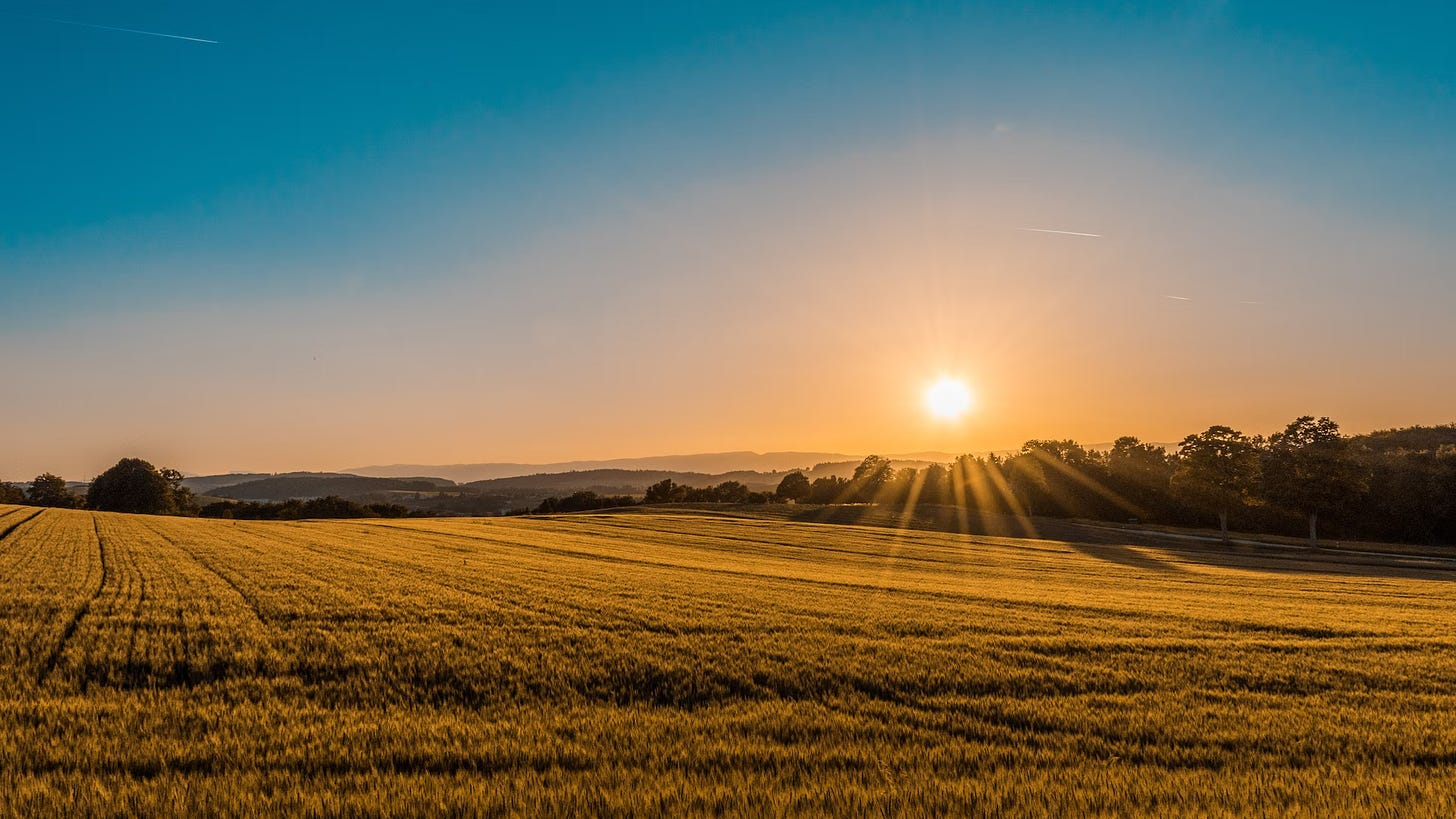Farmland
From family offices to doomers to institutions, investing in farmland is back in vogue. Let's meet the people making it happen.
Thesis Driven dives deep into emerging themes and real estate operating models. This week’s letter digs into farmland as a real estate investment asset class: major players, typical returns, and the future outlook of the sector. It also features the return of the Thesis Driven Buy Box.

Of all the alternative real estate investment sectors, farmland is among least appreciated and understood. Loved by billionaires, inflation hawks, and doomsday preppers alike, farmland is in the midst of a renaissance as an investment category. Today, we’ll study farmland as an investment and meet a few of the firms helping investors—institutional and retail—access it.
The USDA estimates that US farmland is a $3.4 trillion asset class—approximately the size of the US multifamily sector—yet it sees a tiny fraction of the transaction volume and institutional interest of other real estate food groups. A majority of US farmland is held by long-term family owners, many of whom have held the land for generations with very low (or zero) leverage. Over 60% of US farmland is held by owner-operators, and far less than 1% of it trades every year.
For a number of reasons—shrinking inventory, loose capital markets, and increasing investor interest—farmland prices have increased dramatically in recent years after decades of stability. According to the USDA, average farm prices have risen more than 20% over the past two years to $3,800 per acre, proving its worth as an inflation hedge and drawing further investor interest.
Today’s letter will dig into farmland as an investment sector, specifically covering:
Macro trends drawing investor interest to the sector;
Interviews with operators taking varying approaches on the sector;
Typical farmland investment profiles including target yields, IRRs, leverage, and deal sizes;
Forward-looking analysis including potential headwinds.




